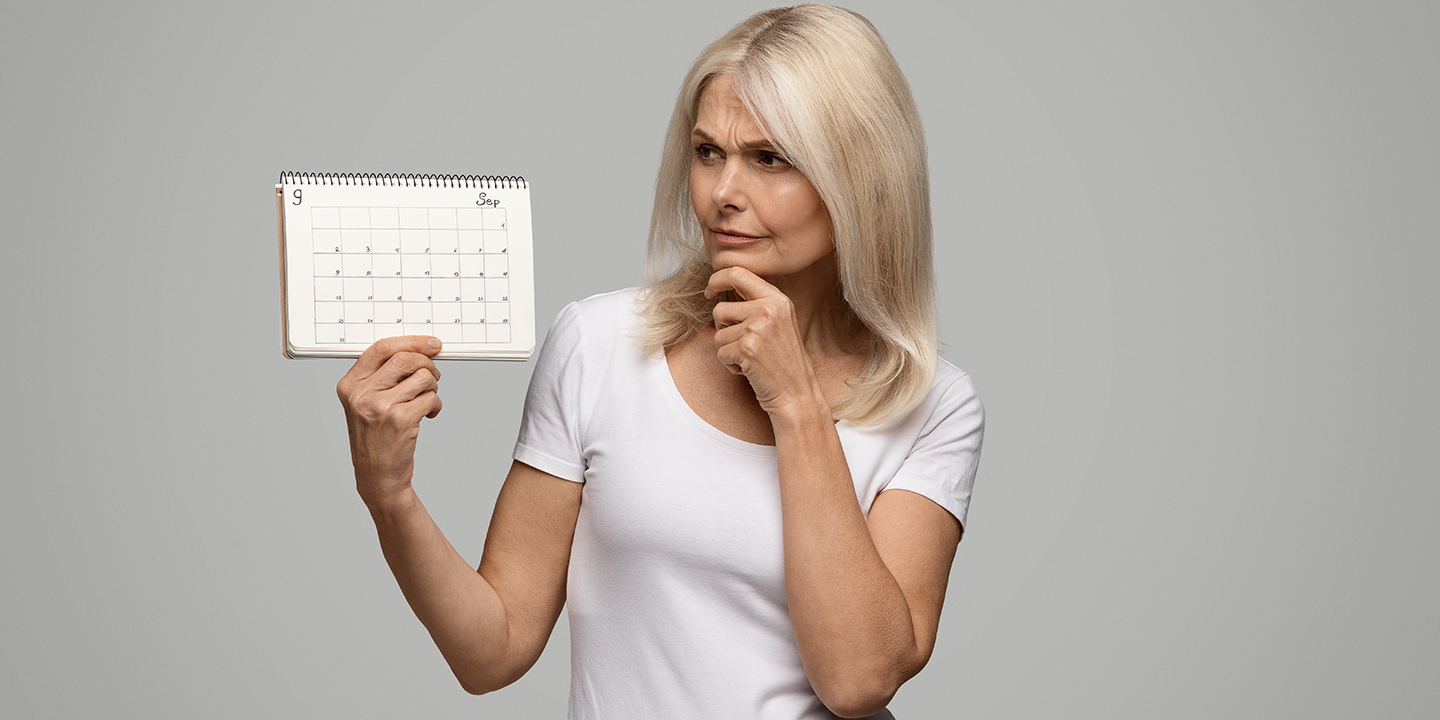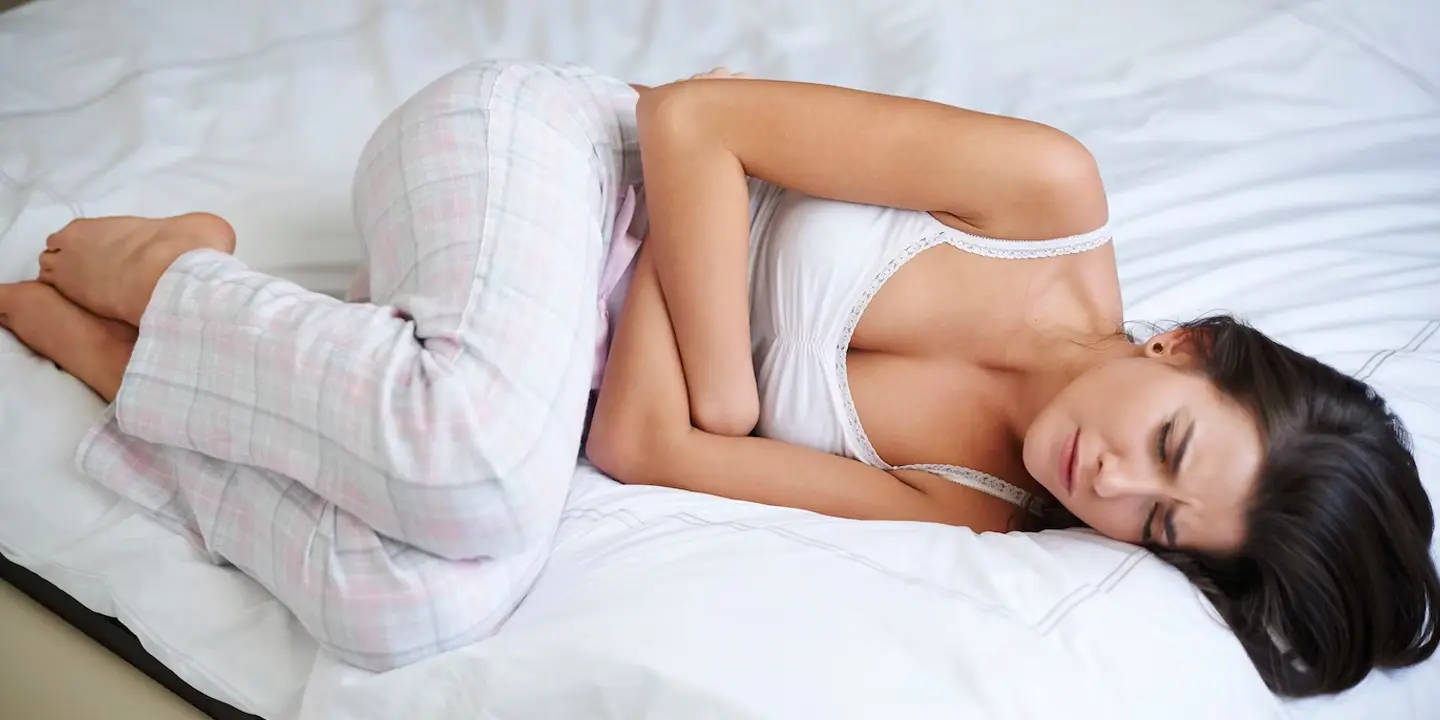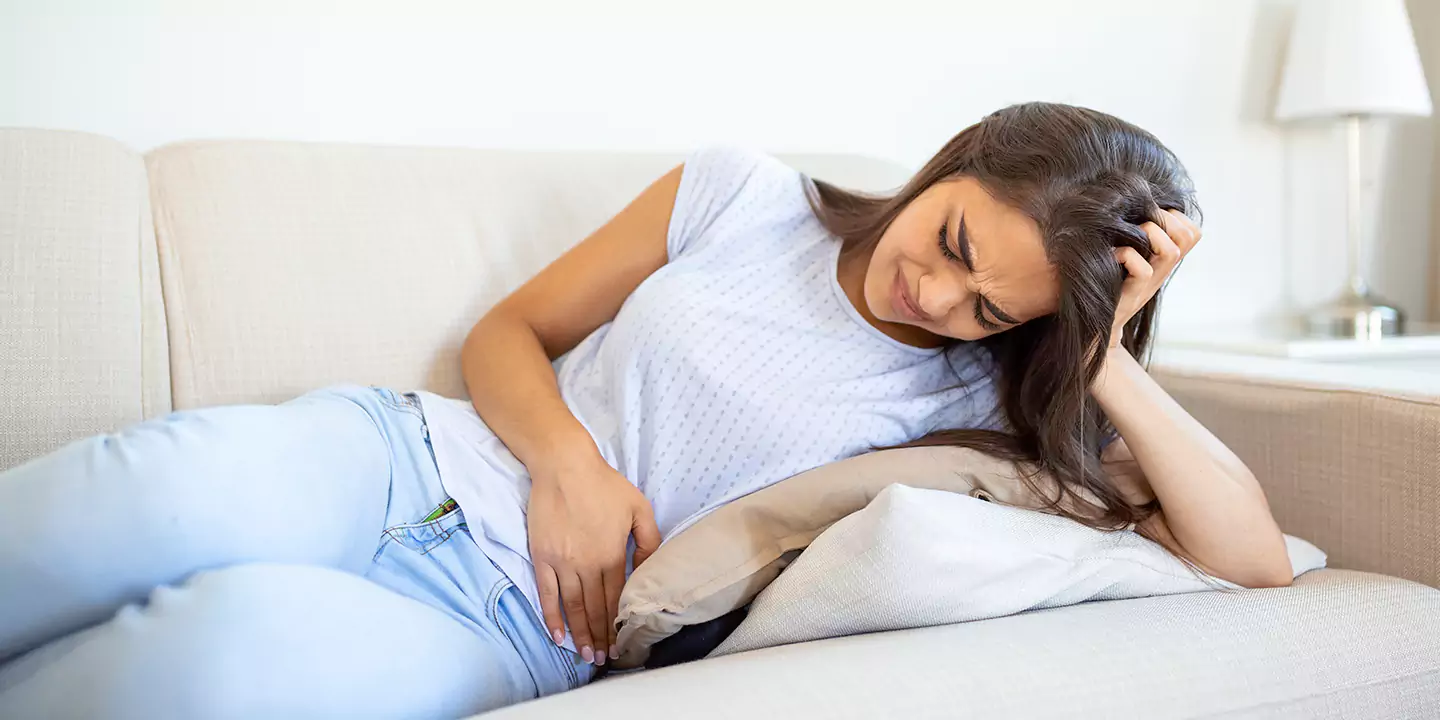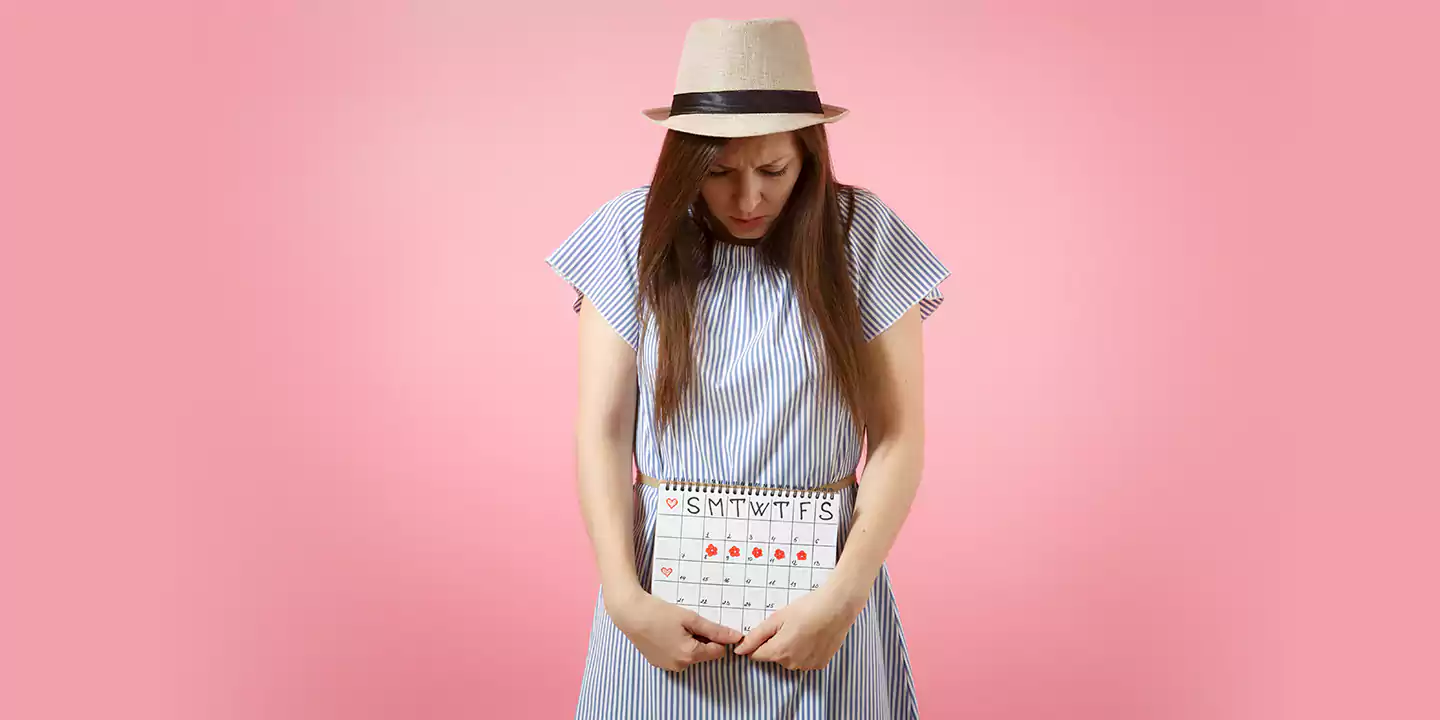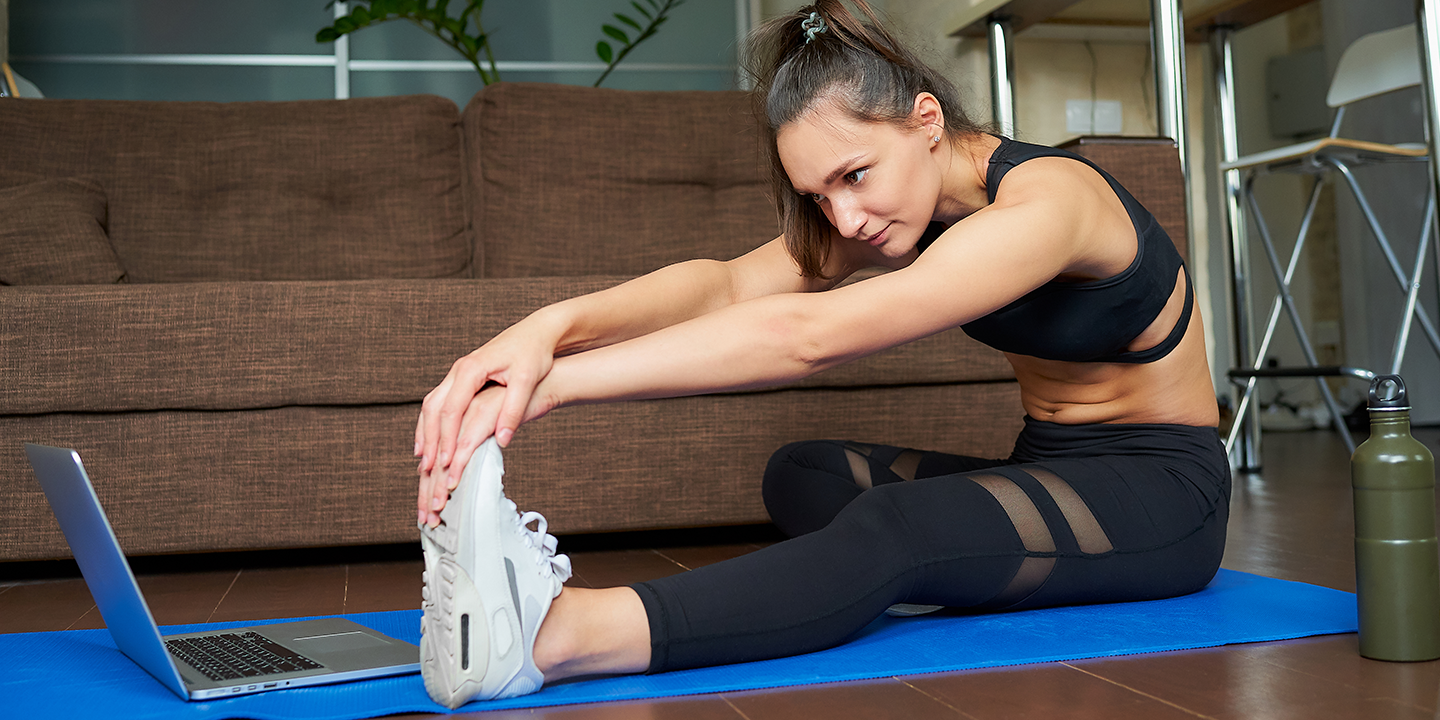
Menstruation can bring on discomfort that’s all too familiar for many. The aches and twinges during this time can really throw a wrench in daily life. But here’s the thing: exercise isn’t just about staying fit; it’s a secret weapon against those pesky period pains. Yes, that’s right—getting active can actually help ease the pain.
In this blog, we’re diving into some practical exercises that can be a game-changer when it comes to finding relief from those bothersome cramps. So, hang tight as we explore ways to make those periods a little less of a hassle with the help of exercises for period cramps.
In this Article
- 1 Understanding Period Cramps
- 2 Benefits of Exercise for Period Cramps
- 3 Exercise Techniques for Relief
- 4 Cardiovascular Exercise
- 5 Yoga and Stretching
- 6 Pelvic Floor Exercises
- 7 Abdominal Massage
- 8 Pilates
- 9 High-Intensity Interval Training (HIIT)
- 10 Dance Therapy
- 11 Tips for Exercising During Periods
- 12 Stay Hydrated and Maintain a Balanced Diet
- 13 Wear Comfortable Clothing and Use Heat Therapy
- 14 Listen to Your Body and Avoid Overexertion
- 15 Seeking Professional Guidance
- 16 Conclusion
Understanding Period Cramps
Period cramps occur due to the uterus contracting to shed its lining during menstruation. These contractions help expel tissue and blood, causing discomfort. The intensity of cramps varies widely among individuals. Some may feel mild twinges, while others experience intense, debilitating pain. It’s normal to have discomfort, but severe or abnormal pain that interferes with daily activities could signal an underlying issue.
Seeking medical advice is crucial if the pain is unbearable, lasts longer than usual, or is accompanied by symptoms like fever, heavy bleeding, or fainting. Consulting a healthcare professional ensures proper evaluation and appropriate management of any concerning symptoms during menstruation.
Benefits of Exercise for Period Cramps
Exercise can offer significant relief from period cramps, providing various benefits:
- Reduced Pain: Physical activity increases blood flow, easing cramps by reducing the intensity and duration of menstrual pain.
- Endorphin Release: Exercise prompts the release of endorphins, natural painkillers that can alleviate discomfort and improve mood.
- Muscle Relaxation: Engaging in gentle exercises like yoga or stretching can relax tense muscles, easing the cramping sensation.
- Improved Circulation: Enhanced blood circulation helps to minimize bloating and reduce the severity of cramps.
- Stress Reduction: Exercise is known to lower stress levels, which can indirectly alleviate period-related discomfort by relaxing the body.
- Regularity: Maintaining a regular exercise routine throughout the month may help regulate hormones, potentially leading to reduced menstrual pain over time.
- Overall Well-being: Beyond pain relief, exercise promotes overall well-being by boosting energy levels and improving sleep quality during menstruation.
Exercise Techniques for Relief
Incorporating specific exercises into your routine can offer relief and improve overall well-being during menstruation:
Cardiovascular Exercise
Engaging in cardiovascular exercises can increase blood flow, reduce stress, and release endorphins, which act as natural painkillers. Consider activities such as brisk walking, jogging, cycling, or swimming.
- Duration: Aim for at least 30 minutes of moderate-intensity exercise most days of the week.
- Intensity: Maintain a heart rate that elevates your breathing but still allows for conversation.
Yoga and Stretching
Gentle yoga poses and stretches for period cramps can ease tension in the muscles and promote relaxation, providing relief from menstrual cramps.
- Poses: Child’s pose, cat-cow stretch, and pelvic tilts are effective for targeting the abdominal and lower back muscles.
- Breathing: Incorporate deep, mindful breathing to enhance relaxation and reduce stress.
Pelvic Floor Exercises
Strengthening the pelvic floor muscles can help alleviate cramps and improve overall pelvic health.
- Kegel Exercises: Perform pelvic floor contractions by tightening and releasing the muscles in the pelvic region.
- Bridge Pose: This yoga pose engages the pelvic muscles and strengthens the lower back.
Abdominal Massage
Gentle abdominal massage can stimulate blood circulation, reduce tension, and alleviate cramping.
- Technique: Use circular motions with light to moderate pressure, moving clockwise around the navel.
- Oil or Heat: Incorporate warm oil or a heating pad to enhance the effectiveness of the massage.
Pilates
Pilates is one of the best exercise for menstrual cramps. It focuses on core strength, flexibility, and overall body awareness, which can reduce muscle tension and ease menstrual discomfort.
- Leg Circles: Lying on your back, perform controlled leg circles to engage the core and lower abdominal muscles.
- Pelvic Curl: This exercise targets the lower back and pelvic region, aiding in relaxation and reducing cramps.
High-Intensity Interval Training (HIIT)
Short bursts of intense exercise followed by brief rest periods can boost endorphin levels and reduce menstrual cramp intensity.
- Sprints: Short bursts of sprinting followed by walking or jogging can improve circulation and alleviate cramps.
- Burpees: Performing controlled burpees can engage multiple muscle groups and improve overall blood flow.
Dance Therapy
Engaging in dance routines or simply freestyle dancing can release endorphins and reduce stress, providing relief from menstrual discomfort.
- Hip Circles: Circular hip movements and gentle swaying can relax abdominal muscles.
- Zumba or Latin Dance: These involve rhythmic movements that can boost mood and reduce cramping.
These exercises offer diverse options to alleviate menstrual discomfort. Remember, individual responses to exercise may vary, so it’s essential to find what works best for your body and comfort level.
Tips for Exercising During Periods
Taking care of your body during your period is crucial to ensure a comfortable and effective workout. Here are some practical tips to keep in mind:
Stay Hydrated and Maintain a Balanced Diet
- Hydration is key. Drink plenty of water to ease bloating and support overall well-being.
- Opt for a balanced diet rich in nutrients, incorporating iron and vitamin-rich foods to replenish what your body loses during menstruation.
Wear Comfortable Clothing and Use Heat Therapy
- Choose loose, breathable clothing to enhance comfort during the exercise to reduce period pain.
- Prior to exercising, consider using heat therapy such as a hot water bottle or heating pad on your lower abdomen. This helps relax muscles and reduces cramp intensity.
Listen to Your Body and Avoid Overexertion
- Pay attention to how your body feels and adjust your workout intensity accordingly.
- It’s okay to modify exercises or take breaks if needed. Pushing too hard can exacerbate cramps and discomfort.
Remember, your well-being is the priority, and these simple adjustments can make a significant difference in your exercise routine during your period.
Seeking Professional Guidance
It’s crucial to prioritize your health. If period cramps persist or are unusually severe, consulting a healthcare professional is essential. They can provide tailored advice, ruling out any underlying conditions causing the discomfort. In some cases, prescribed medication might be necessary for managing intense pain. Always follow medical guidance and use prescribed medications responsibly. Remember, your doctor is your ally in ensuring your well-being during menstruation.
Conclusion
In closing, it’s vital to prioritize your well-being during menstruation. As you explore exercises for period cramps and other methods to manage period cramps, remember that each body responds uniquely. For persistent discomfort, seeking guidance from a healthcare professional is crucial. Consider reaching out to Queen’s Gynaecology, a leading fertility clinic. Their expertise ensures personalized care, addressing individual needs while promoting comfort and enhancing overall health. Your well-being matters—take proactive steps towards a pain-free and healthy menstrual cycle.

